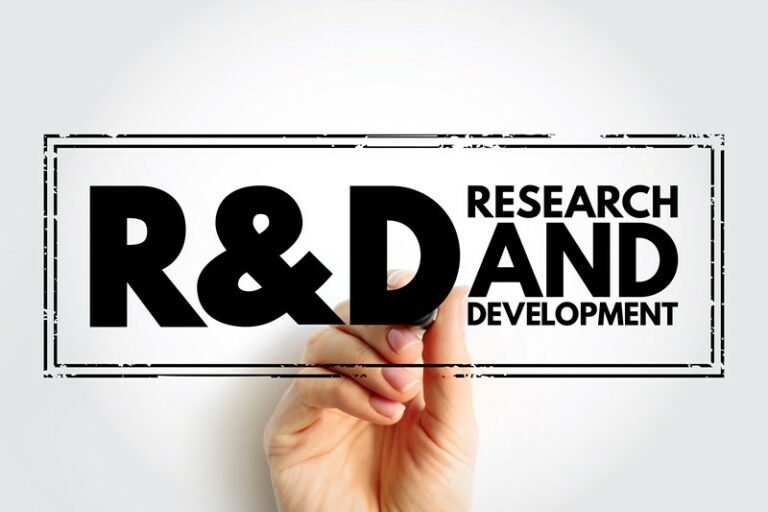A number of changes to Inheritance Tax (IHT) were announced as part of the Budget measures. We have covered each of the main measures below. It should be noted that these changes are not coming into effect until April 2026 at the earliest.
IHT reliefs
Changes were announced to IHT Business Relief and IHT Agricultural Property Relief. Currently, these reliefs can offer a significant tax benefit for estates with qualifying business and agricultural assets. Under these reliefs, a benefit of either 50% or 100% relief is available from IHT with no cap.
The Chancellor announced that from April 2026, qualifying estates with agricultural or business assets will only be able to claim 100% tax relief on the first £1 million of assets. Any value over £1 million will see tax relief restricted to 50%. A consultation is expected to be published next year with further details of the intended changes.
Inherited pensions
Most undrawn private pensions are currently excluded from IHT on death. It has been announced that this will change from 6 April 2027 when the value of unused pension funds and death benefits payable will be included in IHT calculations.
This effectively means that the value of the pension pot will be added to other assets to be included in the value of a person’s estate and therefore potentially chargeable to IHT. A consultation on the proposed changes has been launched.
As part of these changes, pension scheme administrators will become liable for reporting and paying any IHT due on unused pension funds and death benefits.
IHT nil-rate bands
The IHT nil-rate bands have been frozen for a number of years and had been set to remain at current levels until 5 April 2028. The Chancellor announced that the government will extend this freeze for another 2 years until 5 April 2030.
This means that:
- the nil-rate band will continue at £325,000
- residence nil-rate band will continue at £175,000
- residence nil-rate band taper will continue to start at £2 million.







